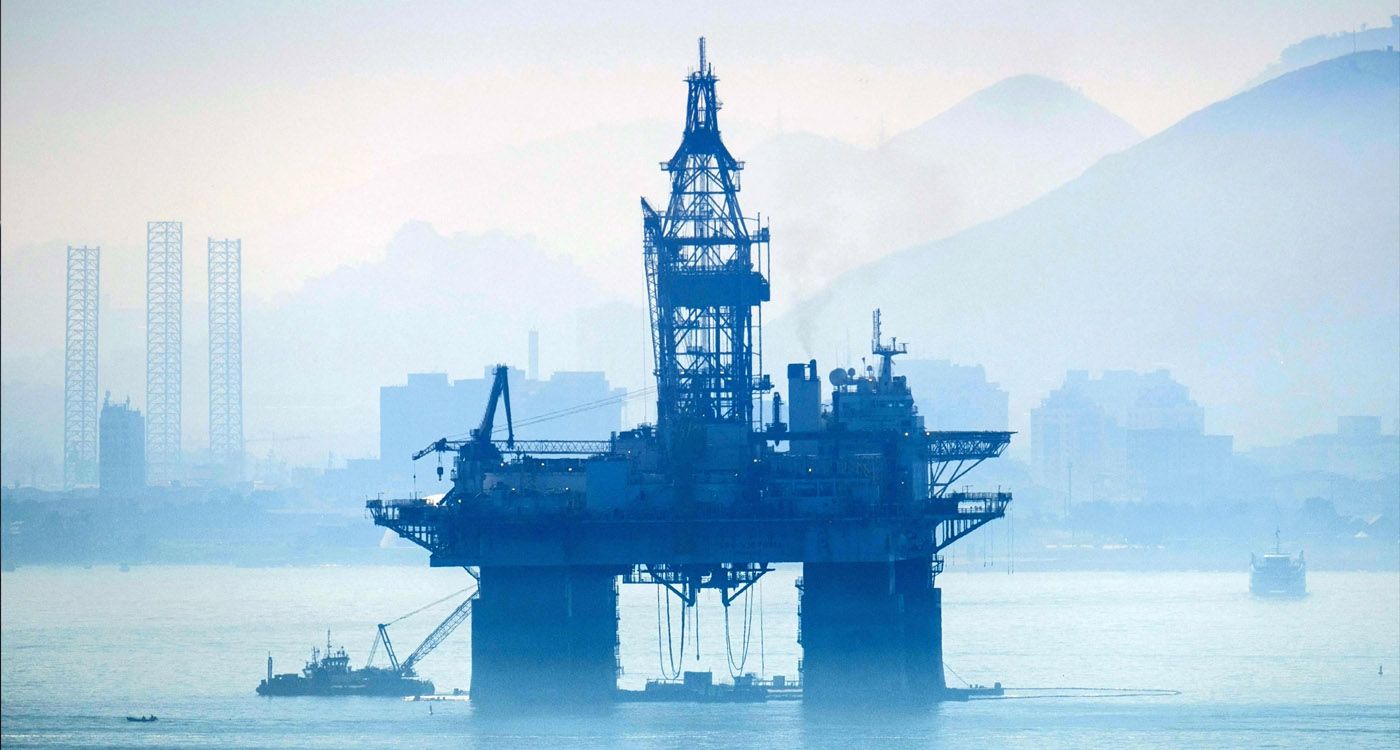
In a move that caught markets off guard, Brent crude recently slipped below $70 per barrel—the lowest level seen since the height of the COVID-19 pandemic. This sharp decline reflects a combination of factors: a strategic supply increase by OPEC+, slowing global demand and subdued geopolitical tensions. The resulting market lull offers welcome relief to consumers but raises concerns among producers, particularly US shale operators.
Just two years ago, Brent crude neared $100 per barrel following Russia’s invasion of Ukraine. As of Tuesday, the European benchmark traded around $65.70 per barrel—a level unseen since the depths of the 2020 pandemic. This steep and unexpected decline baffled analysts, even as it offers welcome relief to consumers.
At the core of this downturn is a calculated move by OPEC+ (the Organization of the Petroleum Exporting Countries and its allies). In April 2025, the group announced plans to gradually increase oil production, aiming to add 2.2 million barrels per day back into the market by September 2026. Supported by assertions of “strong market fundamentals” and a “positive outlook,” this strategy has quickly pushed prices below the $70 threshold, reshaping expectations almost overnight.
The price decline carries serious implications for US shale producers—key drivers in making the United States the world’s largest oil producer. If prices continue to slide toward $50 per barrel, US output could contract by up to 300,000 barrels per day, surpassing the total production of some smaller OPEC+ members. The sector has already seen layoffs and the idling of multiple drilling platforms as companies brace for financial pressures.
On the flip side, consumers stand to benefit from lower gasoline and diesel prices, while industries heavily reliant on petroleum—such as airlines and freight companies—can expect reduced operating costs. Additionally, energy-importing nations may find relief in their shrinking energy bills.
This price plunge is a reminder of the oil market’s cyclical nature. In 2008, prices soared to historic highs before collapsing amid the global financial crisis. More recently, the COVID-19 pandemic triggered a dramatic crash in 2020, followed by a swift recovery. Such boom-and-bust cycles are intrinsic to the industry’s volatility.
Is this the start of a sustained downturn or just a seasonal pause? Only time will tell. For now, consumers might as well take advantage of the breather, fill up their tanks and hope for a bit more stability in the weeks ahead.




Comments